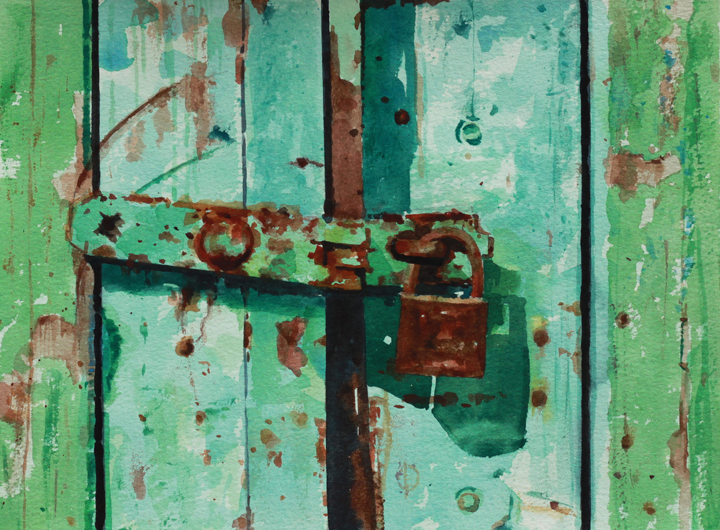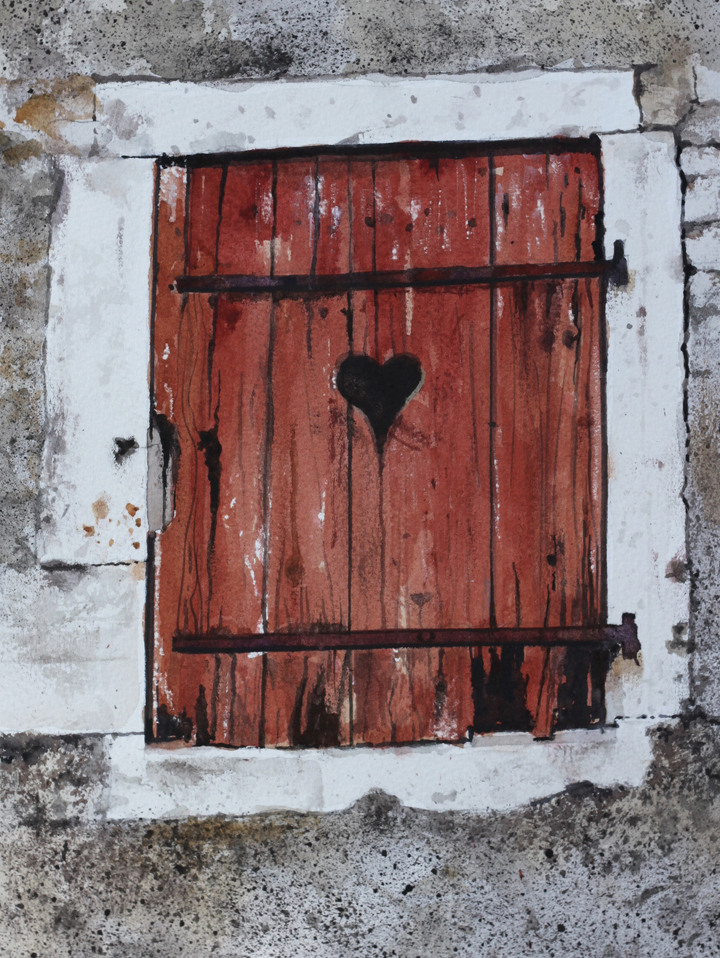Texture in Watercolour
Wednesday 7th August 2024 for 1 day — Cost: £60
Tutor: Kevin Scully
Bookings for this course have now ended
As well as the more established watercolour techniques, we will be looking at some other slightly less conventional approaches to rendering flaking plaster and peeling paint, rusty iron, and the rough surfaces of brick and stone without resorting to the usual gimmicks associated with creating texture.
By combining a number of techniques that can be applied to both small and larger areas of a painting, a convincing suggestion of texture can be created. Texture doesn’t solely apply to rough surfaces, and you will also be shown how to render smoother surfaces, including glass.
No previous experience is necessary, although some familiarity with watercolour painting would be beneficial, but not crucial.
A course for those with all levels of experience including those new to watercolor painting.
For further information please contact the tutor at kevinscully@btinternet.com
What to Bring
Paper
Watercolour block, loose paper, or pad approx. 9" x 12", or 12" x 16" 300 g/m2 (140 lb) NOT surface (Cold pressed). Arches, Fabriano, or Saunders Waterford are all excellent makes. More economical brands are Bockingford, or Langton.
Paints
‘Artists Quality’ watercolours in small tubes are the best, as these allow you to mix large amounts of colour for washes. Or if you prefer, pans of colour in a folding palette. Winsor & Newton (preferably not Cotman), Jackson’s, Schmincke, Sennelier, or Daniel Smith are among the best quality watercolours.
Suggested colours:
This is a fairly comprehensive list, and you don’t necessarily need everything listed here, but these are the ones I use most of the time. Please adjust or amend it if you wish to include any of your favourites.
- Cadmium Yellow Light
- Cerulean Blue
- Cobalt Blue
- French Ultramarine
- Viridian Green or Phthalo Green
- Hooker’s Green or Sap Green
- Raw Sienna or Yellow Ochre
- Burnt Sienna
- Raw Umber
- Burnt Umber
- Cadmium Red
- Alizarin Crimson
- Permanent Rose or Magenta
- Winsor Violet or Dioxazine Purple
- Payne's Grey
- Neutral Tint
Brushes
Round, watercolour brushes in sizes 3, 8, and 10 or 12. It’s important that these brushes are of good quality and that they form a point when wet. Sables are expensive, so synthetic ones are a good substitute.
A square ½”, or 1” brush, and a larger brush for covering large areas
Other Materials:
- HB or 2B pencil and sharpener
- Masking tape
- Tissues/Kitchen towel
- Large palette with several mixing wells
- A small atomiser spray bottle to hold water, for re-wetting your painting
- Putty rubber
- Ruler
- A couple of jars for water


